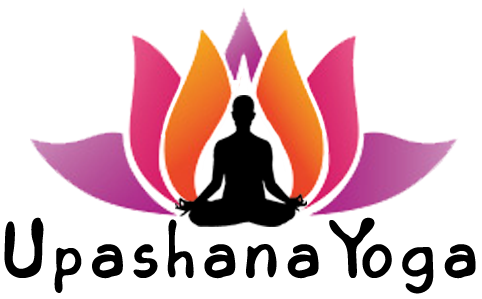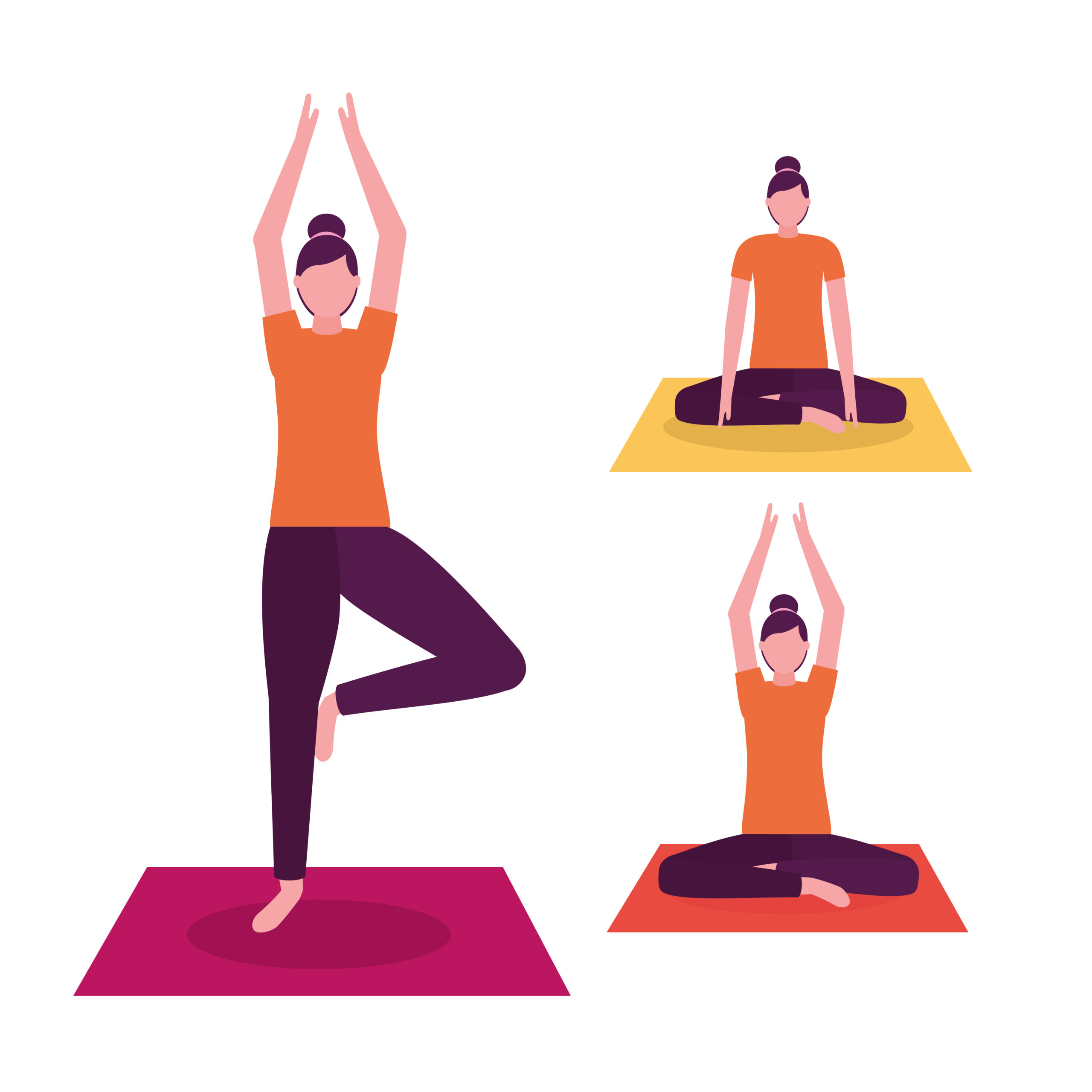
The Setu Bandhasana posture is also called the bridge pose because its shape is very similar to the bridge. It is one of the important rugs lying on the back.This posture is very effective for back pain, thyroid, depression, etc. Here you will learn in detail the simple method, steps, benefits, and precautions of bridge pose. This asana is called Setu Bandhasana because while practicing this asana, the body makes a bridge pose. So, see below the steps to do and the benefits of Setu Bandhasana…
What Is Bridge Pose Or Setu Bandhasana?
Setu Bandhasana is a Sanskrit word where “Setu” means “Bridge”, “Bandha” means “Lock” and “Ashana” means “Pose”. While practicing this asana your body looks like bridge, that’s why this is called Bridge Pose. This is also called Setu Bandhasana.
By practicing this asana, blood circulation in the body is correct and at the same time, it is very beneficial for both neck and throat. This also greatly benefits the spine from exercise.
This asana is very popular among people to keep the body away from diseases and increase muscle flexibility. Let us know in detail how to perform Bridge Pose Or Setu Bandhasana.

(Also Read: Virabhadrasana II Or Warrior II Steps & Benefits)
Preparatory Poses Of Bridge Pose Or Setu Bandhasana:
There are some other asanas that you should practice before practicing Bridge Pose Or Setu Bandhasana, and these asanas are also beneficial in maintaining health and removing many disorders from the body.
- Balasana or Child’s Pose
- Garudasana or Eagle Pose
- Marjariasana or Cat Pose
- Bhujangasana or Cobra Pose

(Also Read: Bhadrasana Yoga | Steps To Do | Benefits)
Steps To Do Bridge Pose Or Setu Bandhasana:
It is very easy to do Bridge Pose Or Setu Bandhasana. Let’s know in detail the method of performing this asana…
Step 1:
To do this asana, first, lie down on your back.
Step 2:
Now bend your feet from the knees and place them on the ground.
Step 3:
Make sure that the feet and the knees are in a straight line.
Step 4:
Now while breathing, slowly try to raise your butt and back.
Step 5:
The neck, shoulder, and head will remain on the ground.
Step 6:
After that, put your two hands on the ground below the back and tie the fingers of both hands together.
Step 7:
Now try to lift your body upwards.
Step 8:
When you lift your body, your china will touch your chest.
Step 9:
In this position, the legs, chest, and shoulder handle the entire weight of the body.
Step 10:
In this case, make sure that the thighs of both your legs are equal, not up and down.
Follow Up Poses Of Bridge Pose Or Setu Bandhasana:
Here are some follow up poses that can be done to ease and give comfort after the practice of
- Bhujangasana or Cobra Pose
- Sarvangasana or Shoulder Stand Pose
- Chakrasana or Wheel Pose
- Urdhva Mukha Svanasana or Upward Facing Dog Pose
(Also Read: Simhasana Or Lion Pose | Steps To Do | Benefits)
Beginner’s Tips To Do Bridge Pose Or Setu Bandhasana:
This is a great asana to detoxify the body, with this it is very good for those who are new to yoga. This is a bit harder to see but can be done easily. It is also very beneficial for the body.

Benefits Of Bridge Pose Or Setu Bandhasana:
This is a normal asana and anyone can practice this asana very easily. There is not much difficulty in doing this asana and it helps a lot to overcome many problems of the body. Let us know what are the advantages of doing Bridge Pose Or Setu Bandhasana.
Strengthen Muscles:
By doing Bridge Pose Or Setu Bandhasana, the muscles of the back are flexible and strong. It produces muscle stretch and helps in relieving muscle tension. Apart from this, this asana works to tone the spine, chest, and neck by stretching them.
Reduce Depression:
By practicing this asana daily and properly, depression, stress, and anxiety are eliminated and the person’s brain remains calm. Bridge Pose Or Setu Bandhasana is considered a very popular asana to keep the mind calm. This asana is also very helpful in alleviating the problem of migraine.
Relieve Thyroid Problem:
Lungs open while doing Bridge Pose Or Setu Bandhasana and for this reason relieve problems related to thyroid. By doing this asana, the buttocks are strengthened and tired legs are also relieved. Apart from this, it also helps in curing Arthritis.
Improve Digestion:
The Bridge Pose Or Setu Bandhasana digestive organs especially work to massage the colon, so by practicing this asana daily, the digestion process remains fine.
Control Blood Pressure:
By doing this asana, the problem of high blood pressure is overcome. Apart from this, it also helps in keeping the blood circulation fine. Bridge Pose Or Setu Bandhasana also proves very important in curing diseases like asthma, insomnia, and osteoporosis.
Helps To Lose Weight:
By doing this asana, the fat of jaw, bum, and stomach can be reduced. The condition is to keep yourself in this posture for a long time and practice it regularly.
Precautions To Do Bridge Pose Or Setu Bandhasana:
- People who have any kind of neck problem should not do this asana.
- And if you still have to do this asana, then first consult your doctor and do this asana in front of a Yoga Certification Instructor.
- Pregnant women can also do this asana. If she can do it easily.
- Simultaneously, pregnant women should practice this asana, recording their instruction in front of a yoga expert.
- If the pregnant woman is walking 3 months after the end, then do this asana only by asking the doctor.
- If there is any type of back problem, avoid doing this asana.
- Doing yoga is a good habit.

(Also Read: Steps And Benefits Of Padmasana Yoga)
Bridge Pose Or Setu Bandhasana is a very good posture of yoga science this asana is a very good posture of yoga science But only until you limit it. Never try to do yoga beyond the ability of the body to get the benefit as quickly as possible. Also do not practice difficult asanas without the supervision of any yoga teacher.







Leave a Comment